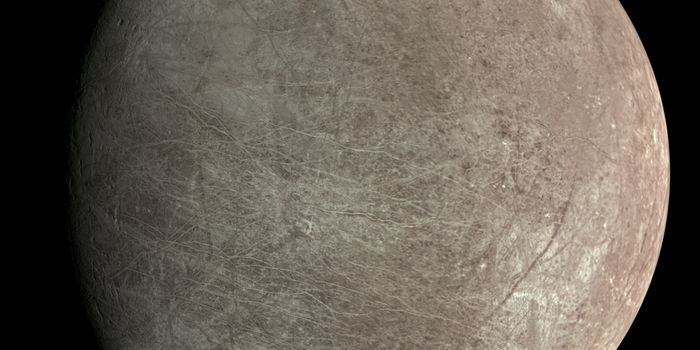MRO Image Offers Potential Clues About the Mechanisms Behind Sand Formation on Mars
Mars is one of our closest planetary neighbors, and yet we still have so much to learn about it.
One of the questions that planetary scientists have yet to answer all these years is where all of the sand composing Mars’ sand comes from, and thanks to an image snapped by the Context Camera on NASA’s Mars Reconnaissance Orbiter (MRO), we might finally have a lead.
Image Credit: NASA/JPL-Caltech/University of Arizona
The image depicts a sizeable semi-circular depression on Mars’ surface containing sediments of all different colors, and NASA says the darker ones might tell a story that’s instrumental to the planet’s excess of dunes.
Related: Here's why Mars is dry and lifeless today
The space agency explains that the darker sediments are being eroded away by bedrock in the region photographed, and the downslope lineations you see just underneath everything are indicative of a gravitational feed.
As it would seem, this evidence supports the concept that wind alone isn’t responsible for moving the vast amounts of sand that creates the dunes we see on Mars’ surface today. Instead, this erosion process might be behind a lot of it.
Moreover, this sand-formation process could be more widespread and happening from one depression to the next.
NASA goes on to reveal that as sand grains are formed, the wind picks them up and moves them around, wearing them down through a process called comminution. As it happens, the larger-sized sand grains break into smaller ones.
Many of the particles break apart to become so small over time that they have little effect on dune formation. With that in mind, sand formation needs to be a constant process, or else the dunes would cease to exist.
Related: Did previous space rock impacts make Mars more habitable?
We still have much to learn about the Martian surface, but as missions like that of the MRO and Curiosity Rover continue, we will keep collecting valuable data that could answer are seemingly-endless questions.
Source: NASA









